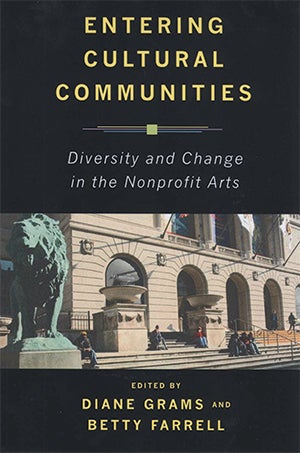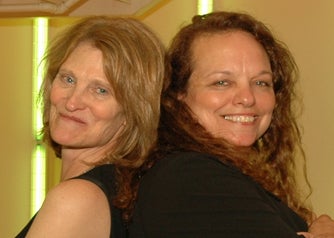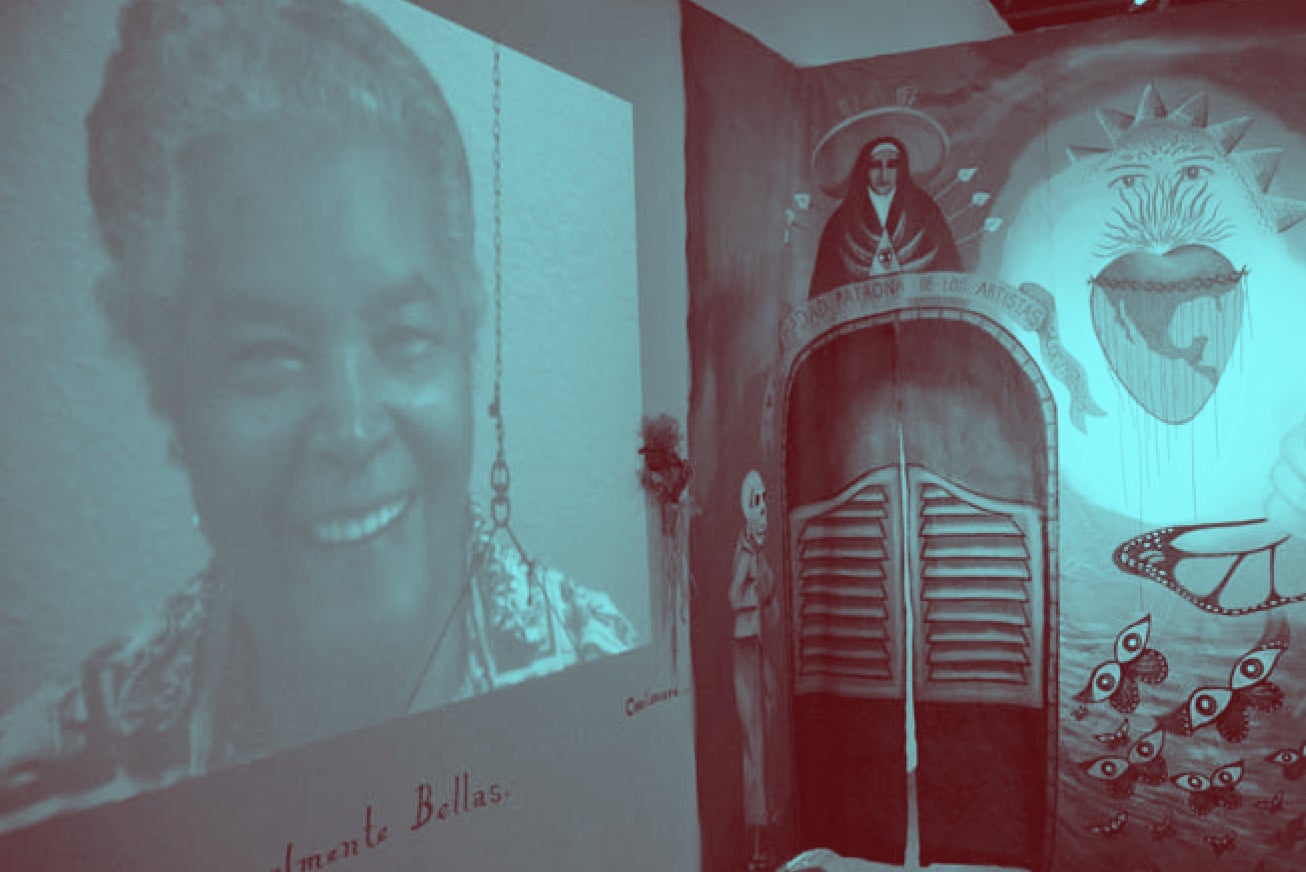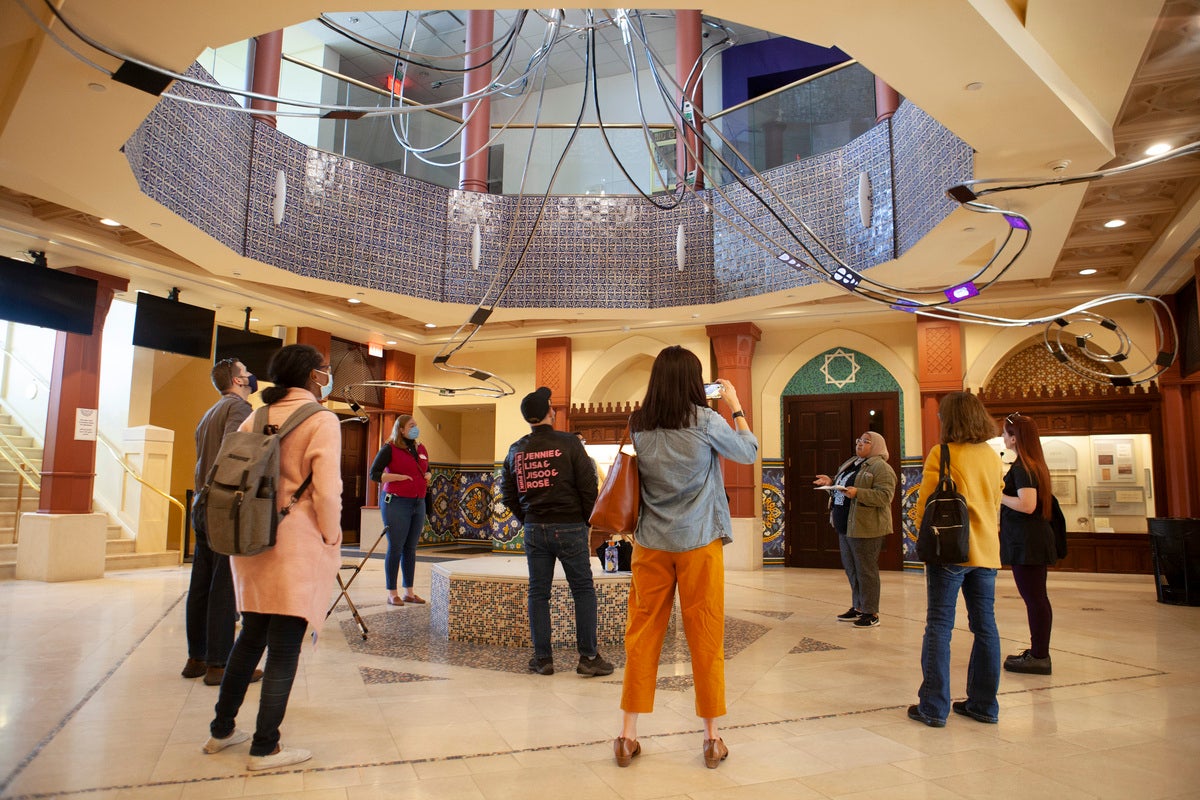As the new year brings thoughts of recovery for arts practitioners and audiences—remember the joy of live performances?—we can learn a lot from looking at research from the past two decades. Researchers Diane Grams and Betty Farrell, for instance, have for the past 15 years helped demonstrate some of the ways the arts have survived and recovered from multiple crises through the years.
Grams and Farrell were the lead authors and editors of the book Entering Cultural Communities: Diversity and Change in the Nonprofit Arts (Rutgers University Press 2008), which explored how to build broader participation in the arts—using data captured during the aftermath of the 9/11 terror attacks. Their work took on greater resonance as the 2008 economic crisis bore down and organizations were once again faced with an uncertain future. Today many organizations are expressing similar concerns (see Wallace’s recent Arts Conversation Series for an example): that the pandemic and all it has wrought have exacerbated already debilitating factors, with declining arts participation high up on that list.
The Wallace Blog caught up with Grams and Farrell over email to see what insights they might have for organizations facing today’s challenges. You can also download the first chapter of the book free of charge here on our site.
Your book frames the concept of building wider, deeper and more diverse arts participation. Why was this important? And how is that relevant to our situation today?

Grams: The year 2020 brought what might be viewed as the convergence of all the previous crises that have threatened the very existence of the arts. The current challenges for the cultural sector are still unfolding in the face of shuttered organizations and greatly curtailed arts programs, devastatingly high unemployment rates among artists and cultural staff, competing priorities facing funders, and audiences and participants unsure of when they can safely return to public spaces to engage in creative activities.
We see resilience, innovation and courage as three enduring elements that will help ensure the survival and recovery of many cultural organizations. The arts face enormous challenges, but the pandemic has also created new opportunities to engage people where they are now and to reshape cultural participation for a new post-pandemic world.
Our research focused on the concept of expanding and diversifying audience participation across a wide range of artistic genres and cultural organizations. We were interested in tracking some profound changes taking place in the cultural sector, as artists, educators, cultural leaders, funders and audiences alike were challenging the cultural status quo. We saw organizational and programmatic changes taking place both inside and outside these organizations. Building relationships and building financial support will remain critically important for cultural organizations in the post-pandemic era.
Among the cultural organizations you studied, what were some strategies they used to cultivate resilience?
Farrell: Many started by making internal organizational changes. They broke down the barriers between departments to bring arts education or community outreach programs directly into the institution’s core efforts. They engaged new visitors by making their physical space more welcoming and less intimidating. They created new “point-of-entry” programs, such as a concert that mixed a traditional symphony along with jazz or rock performances. They sought more ethnic and cultural diversity among the staff, volunteers and board members to signal the institution’s recognition of the need for greater representation. They learned to reach out beyond their own walls in new ways, especially forming partnerships with non-cultural organizations in the community. In making these changes, the cultural organization was becoming more institutionally adaptable and ultimately more resilient in the face of continuing change.
What kinds of innovation will arts organizations need to recover and prosper?
 Grams: There are many examples of how organizations innovate with new strategies for engagement. One is in the expanded use of technology as a tool for artistic expression. Organizations will continue to be challenged to develop innovative programs that incorporate their audience’s growing sophistication with technological tools and their desire to be active cultural producers rather than just recipients.
Grams: There are many examples of how organizations innovate with new strategies for engagement. One is in the expanded use of technology as a tool for artistic expression. Organizations will continue to be challenged to develop innovative programs that incorporate their audience’s growing sophistication with technological tools and their desire to be active cultural producers rather than just recipients.
We saw many innovative programs emerge in the course of our research that were about building community beyond the organization’s walls. For example, the “One City, One Book” program served as both a literacy and community-building effort. Cities, states, schools and universities have used the process of everyone reading the same book as a way to introduce often overlooked work by authors from isolated immigrant groups, or to solve a problem, such as bullying in schools. When the National Endowment for the Arts began “The Big Read” program in 2005, some of our interviewees feared it meant the death of the locally sponsored programs. Now, we see this has not been the case. The NEA has not only expanded funding of these programs but has created an even bigger outlet for some historically overlooked authors and genres.
And innovation is also evident in transactional activities. Some new approaches to ticketing for exhibitions come to mind. Because of social-distancing limitations on the numbers of patrons that can enter the building, line queues can be tracked with phone text alerts allowing patrons to wander until their time to enter a special exhibition space occurs. Within the exhibition space, visitors could use their own phone and coded podcasts, once considered rogue and unauthorized practices because they sidestepped the paid audio tour.
What are examples from your research of the kind of courage demonstrated by arts leaders that can help an organization change and thrive?
Farrell: It takes courage to take on something new, untested or unusual. It also takes courage to share power. One example of this from our research was the Walker Art Center’s Teen Arts Council program. These young people were given both a substantial budget and a powerful voice in how their funds would be used in the institution’s core exhibitions. During our site visit we observed a museum curator coming to the Teen Arts Council to make a presentation about an upcoming exhibition, asking for their ideas about how they might participate in and contribute financial support to the proposed exhibition.
Grams: It takes courage to talk about race. When race intersects with issues of identity, skin color, religion, sexual preference and diversity within or across communities, the conversation can either be explosive or it can be a site of reconciliation. The planning process for “The African Presence in Mexico,” a 2006 exhibition at The National Museum of Mexican Art in Chicago, brought out concerns in both the African American and Latino communities, around the topics of race, racism, and the complexities of multiculturalism. But the museum could ultimately count the success of the exhibition not only in the estimated seventy-two thousand people who attended, but that more than half had been African Americans, many of whom had never before been to this Mexican ethnic museum.
Based on your experience studying arts organizations and audience participation, what advice would you give to arts leaders who are working in the current environment?”
Grams: The arts have long been forced to prove their value to society, and today is no different. Our formal classification as “nonessential businesses” strikes a debilitating blow against our most basic understanding of the human need for cultural expression. Moreover, during the pandemic, this designation limited manufacturing of materials and supplies necessary for art making while shuttering businesses and organizations, and leaving thousands of artists and allied workers without a source of income and a limited economic safety net.
Even as we find ourselves in the midst of this economic and social catastrophe, we are reminded that the arts can be a powerful tool for creating social cohesion and for healing, in addition to being a tool for economic development and revitalization. In short, they are essential. We see this today—from people singing from balconies to creating murals, paintings and posters that honor health care workers and to the popularity of star-studded Zoom performances. Through proactive cultural policy in the near future, can the arts enhance opportunities for cultural participation and play a more central role in addressing social and community recovery, as a tool for bonding and healing our most serious social fractures?
Farrell: Cultural practitioners know how to be resourceful, nimble and creative in designing projects and programs that engage their audiences in the moment. But they work in an often fragmented and individualistic art world, and much that could be learned and widely shared from these efforts is inevitably lost. When practitioners work with researchers as they did in our study, however, they can design studies alongside their projects to document what works and what doesn’t. They can build longitudinal evidence about the impact of participating in the arts, capturing knowledge and shaping effective arts policy. Forging stronger ties between research and practice with the goal of creating a shared knowledge base is a critically important way to build resilience for the post-pandemic future of the cultural sector.
Main image: Installation by Patricia Mendoza for Faith in Women exhibition at Inter-media Arts in Minneapolis, September 29, 2005–January 7, 2006. Photograph by Timothy D. Lace © 2005.
Photo of Betty Farrell and Diane Grams from their 2008 book launch in Chicago.




